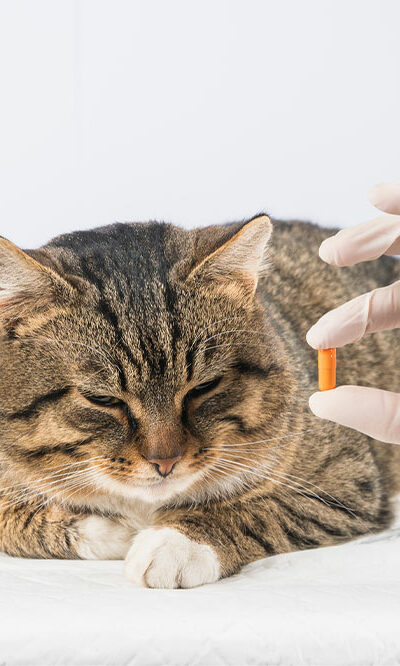
Simple tips to help manage ADHD
Attention Deficit Hyperactivity Disorder or ADHD is one of the most typical neurodevelopmental disorders in the country. It primarily occurs in childhood, but some adults also develop ADHD. Several studies have been conducted to find out the potential causes of ADHD. Besides genetics, no other definite cause has been discovered, making it difficult to find a concrete treatment for it. Nevertheless, here are a few simple tips that can help manage ADHD: Tip 1: Start treatment without delay Diagnosing ADHD is not simple, as many of the symptoms associated with the condition can be typical of childhood. What makes the detection of ADHD possible is that children suffering from this disorder do not just grow out of their childhood behaviors. Keeping this in mind, it is essential to consult a health professional if any of the following symptoms are observed: Difficulty in staying still Forgetting to complete tasks Not being able to remain organized Having difficulty concentrating or staying focused. To decide whether a patient has ADHD or not, the doctor may follow several steps as it is not possible to diagnose ADHD with a single test. Several other conditions like depression, anxiety, specific learning disabilities, and sleep issues exhibit the same symptoms as ADHD, making it mandatory for health experts to follow specific standard guidelines in the diagnosis. One of the steps prescribed by these standards entails a physical examination, including vision and hearing tests, to slash off other health issues causing ADHD-related symptoms. Besides that, specific checklists are used to rate ADHD symptoms, and adequate information about the patient is collected from their parents, teachers, and sometimes, the patient. Once the patient is diagnosed with ADHD, the doctor prescribes a combination of oral treatment and behavior therapy. Suppose the patient is a preschool-aged child, i.e., 4 to 5 years of age, in that case, the health professional may proceed with behavior therapy, training parents as the first line of treatment.










